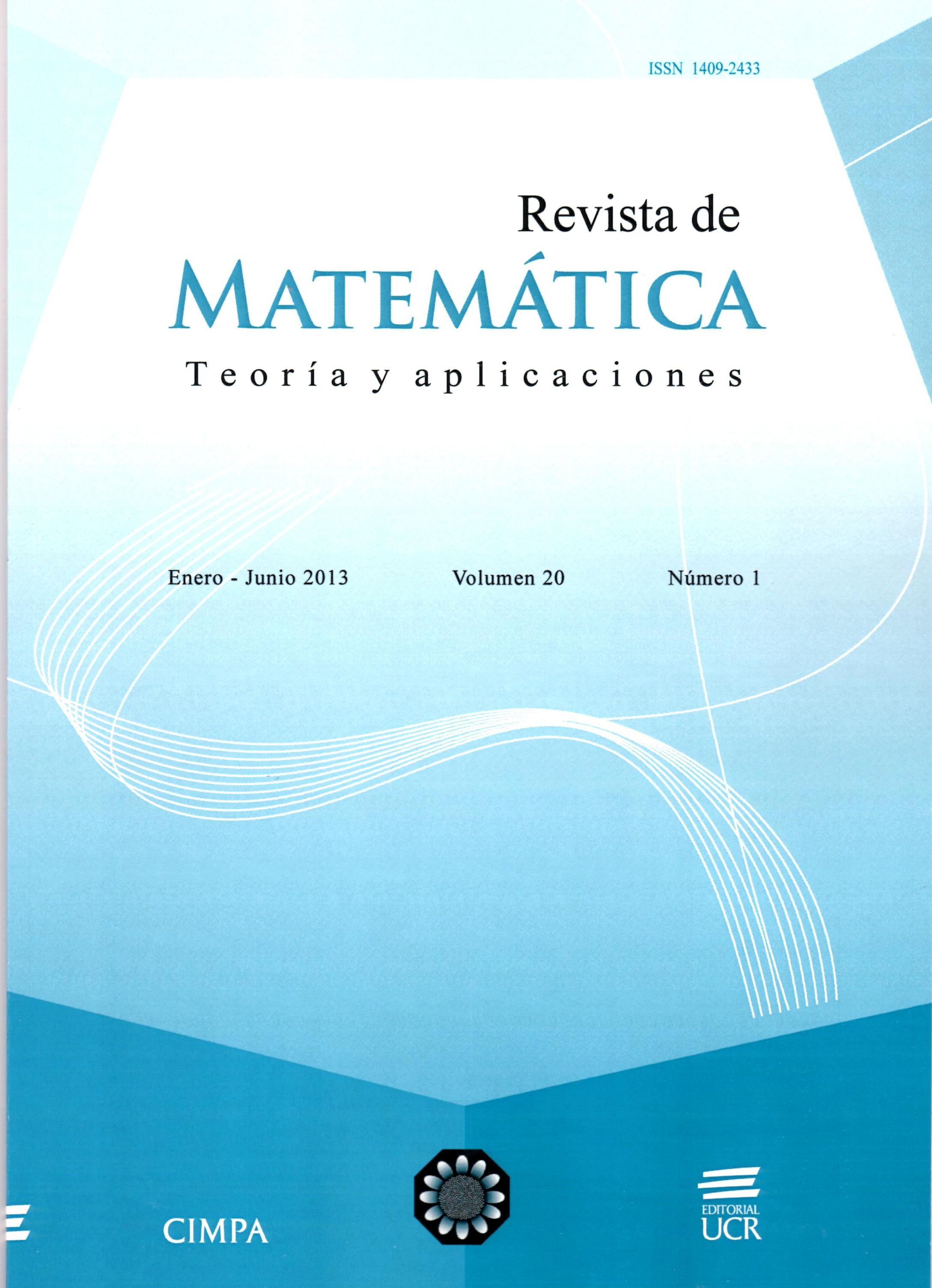Abstract
The pattern equation method (PEM) has been extended to solve the scattering problems of electromagnetic waves by particles with mixed anisotropic surface impedance. Thus, the anisotropic impedance boundary conditions are imposed on lateral surface of the particle, and isotropic impedance boundary conditions are imposed on end faces of the particle. The method is formulated for axially-symmetric bodies. The scattering characteristics of the bodies with artificially soft and hard lateral surfaces are presented. The comparison of the results with those obtained by other methods is carried out. The analysis of convergence’s rate of numerical algorithm of the PEMand accuracy of numerical calculations are presented. Comparison of our data with numerical results obtained earlier by the PEM in absence of an anisotropic impedance is carried out.
References
Kyurkchan, A.G. (2000) “Solution of vector scattering problems by the pattern equation method”, Journ Comm Tech and Electron 45: 970–975.
Kyurkchan, A.G.; Demin. D.B. (2002) “Electromagnetic wave diffraction from impedance scatterers with piecewise–smooth boundaries”, Journ Comm Tech and Electron 47: 856–863.
Kyurkchan, A.G.; Demin. D.B. (2004) “Simulation of wave scattering by bodies with an absorbing coating and Black Bodies”, Technical Physics 49: 165–173.
Kyurkchan, A.G.; Demin. D.B. (2004) “Pattern equation method for solving problems of diffraction of electromagnetic waves by axially dielectric scatterers”, JQSRT 89: 237–255.
Kyurkchan, A.G.; Demin. D.B.; Orlova, N.I. (2007) “Solution of scattering problems of electromagnetic waves from objects with dielectric covering using pattern equation method”, Journal of Commun. Techn. and Electron 52: 131–40.
Kyurkchan, A.G.; Demin. D.B.; Orlova, N.I. (2007) “Solution based on the pattern equation method for scattering of electromagnetic waves by objects coated with dielectric materials”, JQSRT 106: 192-202.
Kyurkchan, A.G.; Demin. D.B. (2009) “Solution of problem of electromagnetic waves scattering on inhomogeneously layered scatterers using pattern equation method”, JQSRT 110: 1345–1355.
Kyurkchan, A.G.; Demin. D.B. (2011) “Solution of problems of electromagnetic wave scattering by bodies with an anisotropic impedance with the help of the pattern equation method”, Journal of Commun. Techn. and Electron 56: 134–141.
Kyurkchan, A.G. (1999) “Excitation of a periodic ribbed structure possessing the properties of an artificially hard surface by a thread of current”, Journal of Commun. Techn. and Electron. 44: 731–737.
Kildal, P.-S. (1988) “Definition of artificially soft and hard surfaces for electromagnetic waves”, Electron. Lett. 24(3): 168–170.
Kildal, P.-S. (1990) “Artificially soft and hard surfaces in electromagnetics”, IEEE Transactions on Antennas and Propagation 38(10): 1537–1544.
Papas, C.H. (1965) Theory of Electromagnetic Wave Propagation. McGraw–Hill, New York.
Hizal, A.; Marincic, A. (1970) “New rigorous formulation of electromagnetic scattering from perfectly conducting bodies of arbitrary shape”, Proc. IEEE 117(8): 1639–1647.
Millar, R.F.; Burrows, M.L. (1969) “Rayleigh hypothesis in scattering problems”, Electron. Lett. 5: 416–418.
Kyurkchan, A.G. (1992) “A new integral equation in the diffraction theory”, Soviet Physics Doklady 37(7): 338–340.





